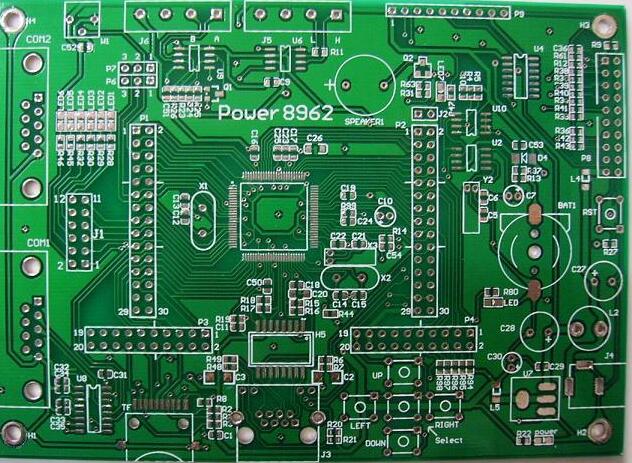Why the NPC circuit can only work under a single power supply
The Internet era has broken the traditional marketing model, and a large number of resources have been gathered together to the greatest extent through the Internet, which has also accelerated the development speed of FPC flexible circuit boards, and then as the development speed accelerates, environmental problems will continue to appear in PCB factories. In front of him. However, with the development of the Internet, environmental protection and environmental informatization have also been developed by leaps and bounds. Environmental information data centers and green electronic procurement are gradually being applied to the actual production and operation fields.
First, let us see what you are doing here. I assume that you also connect your external 3.3V power supply ground to the transmitter and (and therefore to the "0V" pin on the connector of your power module). This is feasible because the two power supplies are isolated. Generally speaking, you really don't know what's on those two pins of the power module connector. This is a remote switch, NPN is not a relay.
I assume that what you are doing is similar to the circuit below, it only works because the base of the external 3.3V will turn on the transistor, allowing carriers to flow from the collector to the emitter, thus completing the circuit with the ~4V and 0V nodes External connector. With the 0V node at GND, this is not a problem because GND is floating relative to the GND of the larger power module you are trying to turn on.
However, it will not work when you try to use the same 3.3V from the same power module, because you are likely to cause the connection between the 0V node and the real power module GND, so the 0V node is no longer floating but grounded. You may only read the 0V terminal node because it is a high-impedance input for a control circuit, and the input needs to be increased to approx. 4V from the other terminal to turn on the power module. Once you try to use the same 3.3V from the same power module, it will be grounded and will never be able to be increased to 4V as needed to turn it on.
Everything I said above is based on the speculation you described.
If you have the schematic diagram of the power module, then you will know what these two pins are, and maybe you can think of a good way to open them. otherwise. This is what people in the industry call "closed contact." We use a relay or a hard switch to connect these two terminals to turn on the power module.

As an alternative, you may be able to use a 3.3VSB (standby) power supply from your power module to power the analog switch like the well-known CD4066 (74LVQ4066 at 3.3V). The switch may be able to complete the circuit while maintaining isolation from the 3.3VSB power supply. The analog switch has two back-to-back N and P channel mosfets. The source and drain are "isolated" from the gate and the substrate. Only the gate and the substrate are related to the chip's power supply itself.
Finally, it is best to know exactly where these two terminals will be inside the power module and how they are connected. This is where the schematic diagram of the power module is useful. Without it, you are here to fly blindly.
Our factory is located in China. For decades, Shenzhen has been known as the world's electronics R&D and manufacturing center. Our factory and website are approved by the Chinese government, so you can skip the middlemen and buy products on our website with confidence. Because we are a direct factory, this is the reason why 100% of our old customers continue to purchase on iPCB.